Fortran Windows Programming: A Comprehensive Guide for Computer Software Developers
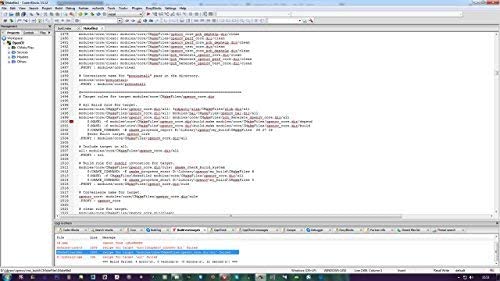
Introduction: Why Fortran Is Still Relevant Today
Fortran is a computer programming language which was developed in the 1950s. Fortran is one of the oldest programming languages. However, it is still useful today, especially in scientific computing. Fortran code is still used by many of the world’s most powerful supercomputers to perform complex simulations or calculations.
Fortran Windows Programming is a great resource for computer software developers who want to learn Fortran. This comprehensive guide will help you get started with Fortran programming on Windows.

Chapter 1: Getting started with Fortran Programming
Fortran Windows Programming’s first chapter covers the basics of Fortran programming. This chapter covers the basics of Fortran programming, including its syntax and usage. This course will teach you how to set up and install a Fortran development environment for Windows.
This chapter also introduces you to the various data types and control structures that Fortran programming will use. This section is especially useful for those who are new to programming, or have previous experience with other programming languages.
Chapter 2: Best Practices and Fortran Programming Techniques
Chapter 2 will cover programming techniques and best practices in Fortran programming. This chapter covers modular programming, debugging, error handling, and more. This chapter also discusses the importance of writing clean, maintainable code and the use of version control systems.

This chapter is essential if you want to improve your Fortran programming skills. This chapter will give you a solid foundation to develop efficient and effective Fortran codes.
Chapter 3: Advanced Fortran Programming Concepts
Chapter 3 will provide a deeper dive into advanced Fortran programming concepts. This chapter covers topics like object-oriented programming, parallel program, and file input/output operation. This chapter also discusses the use of modules and external libraries in Fortran programming.

This chapter is essential if you want to improve your Fortran programming skills. This chapter will give you a thorough understanding of the advanced concepts and techniques involved in Fortran programming.

Chapter 4: Optimization and Debugging Techniques
Fortran Windows Programming’s fourth chapter covers optimization and debugging techniques for Fortran programming. This chapter covers the use of profiling and debugging tools as well as techniques to optimize code performance.
This chapter is essential if you want to increase the speed and efficiency your Fortran code. This chapter will teach you how to identify and fix common performance problems, as well how to use profiling tools for optimizing your code.

Chapter 5: Building and deploying Fortran Applications
The final chapter of Fortran Windows Programming will teach you how to create and deploy Fortran apps on the Windows platform. This chapter will provide an overview of Fortran applications and how to package them and distribute them.
This chapter also discusses the use of deployment tools and build tools, as well common issues encountered when deploying Fortran apps. This chapter is essential for software developers who want to build and deploy Fortran apps.
Conclusion: A Comprehensive Resource to Fortran Programming on Windows
Fortran Windows Programming is a great resource for software developers who want to learn Fortran programming on Windows. It covers the language and its use, as well advanced concepts and techniques.
It is easy to read and follow, making it a great resource for both novice and advanced programmers. Fortran Windows Programming is essential reading for anyone who is interested in Fortran programming.

![Amazon.com: Band-in-a-Box 2019 Pro for Mac [Old Version]](https://www.coupondealsone.com/wp-content/uploads/2024/04/2O6e4Cw25Z6a.jpg) Band in a Box 2019 Flash Drive Review
Band in a Box 2019 Flash Drive Review 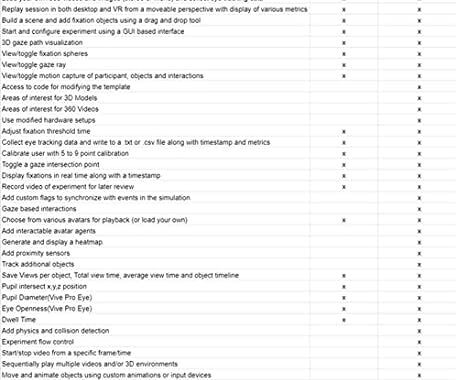 WorldViz SightLab Tracking Software Omnicept Review
WorldViz SightLab Tracking Software Omnicept Review 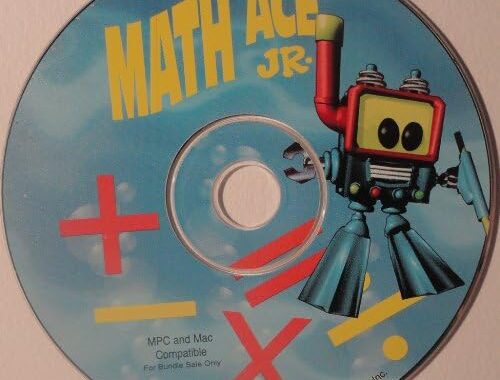 Math ACE Jr. Review: A Must-Have Learning Tool for Kids Ages 4-8
Math ACE Jr. Review: A Must-Have Learning Tool for Kids Ages 4-8 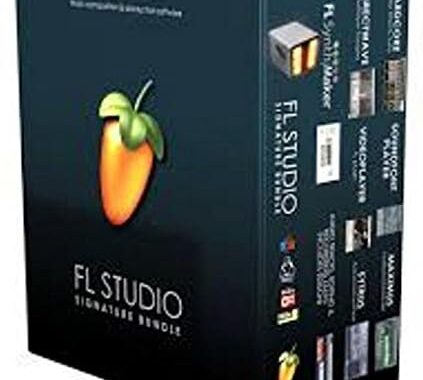 Review of Image Line Software Studio Signature Bundle
Review of Image Line Software Studio Signature Bundle 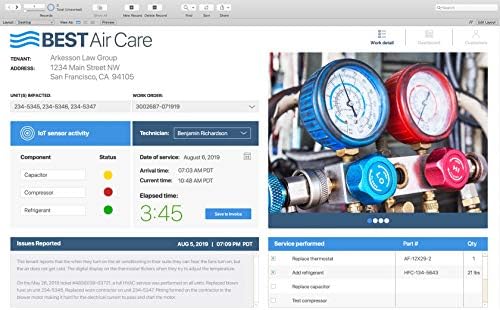 FileMaker Pro Advanced Review
FileMaker Pro Advanced Review ![Amazon.com: Punch! ViaCAD 2D/3D v12- For Mac [Mac Download] : Software](https://www.coupondealsone.com/wp-content/uploads/2024/04/YBusi9QdX6E2.jpg) ViaCAD v12 for Mac Review
ViaCAD v12 for Mac Review  Elevate Your Baking with the Stylish and Powerful Drew Barrymore 5.3-Quart Stand Mixer
Elevate Your Baking with the Stylish and Powerful Drew Barrymore 5.3-Quart Stand Mixer  Review of the Sterilizer Charging Wireless Certified Sanitizer
Review of the Sterilizer Charging Wireless Certified Sanitizer  DESTEK VR Controller Review
DESTEK VR Controller Review